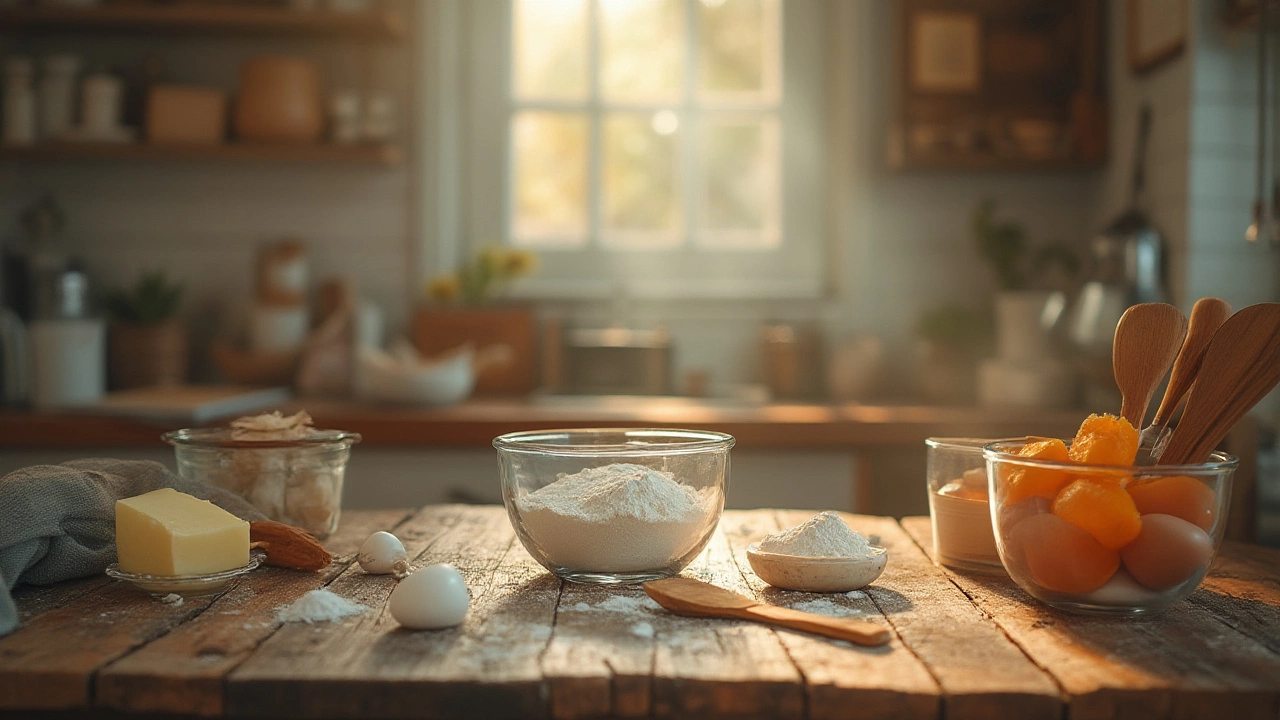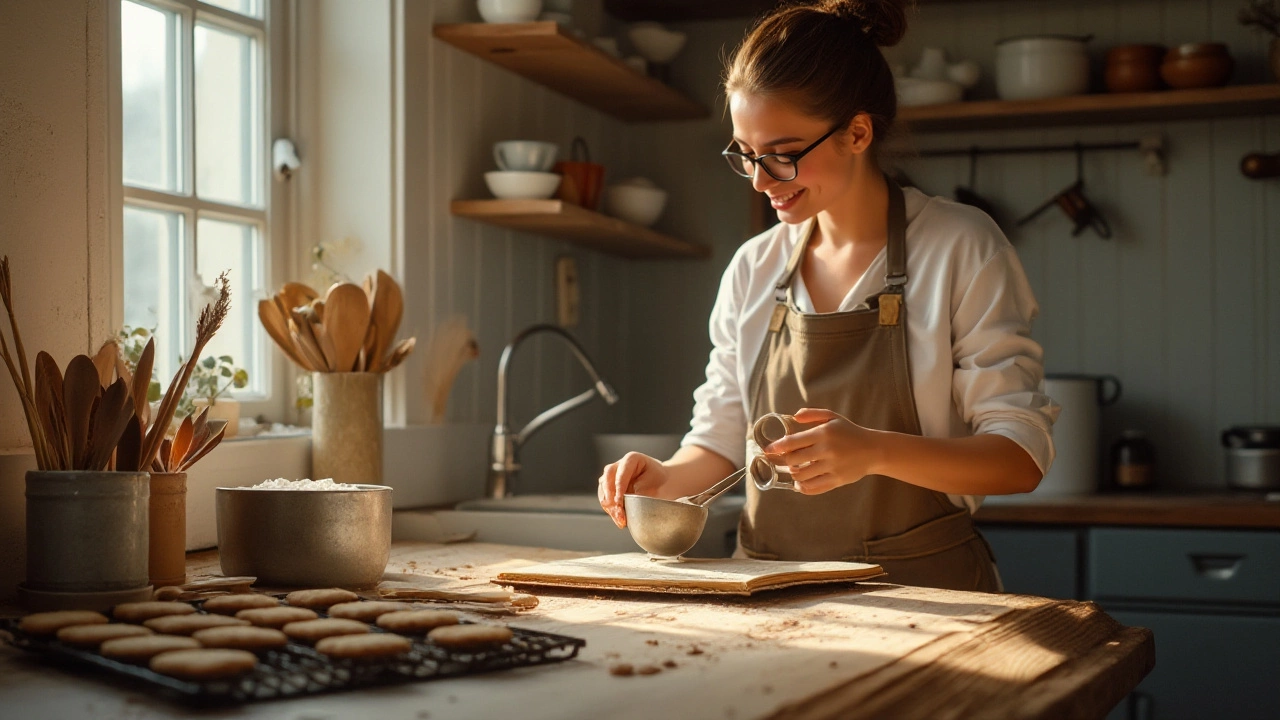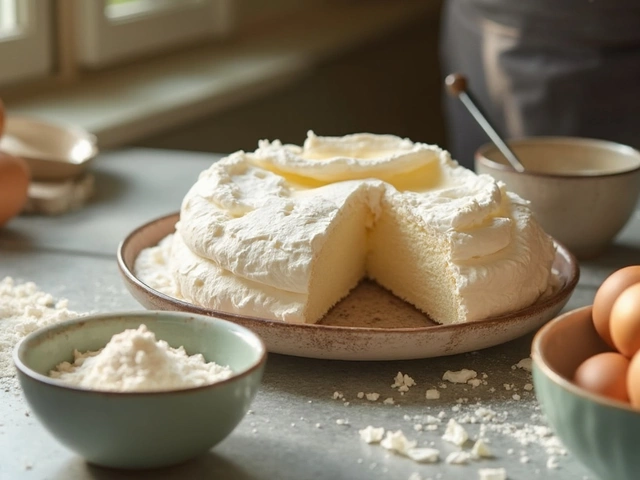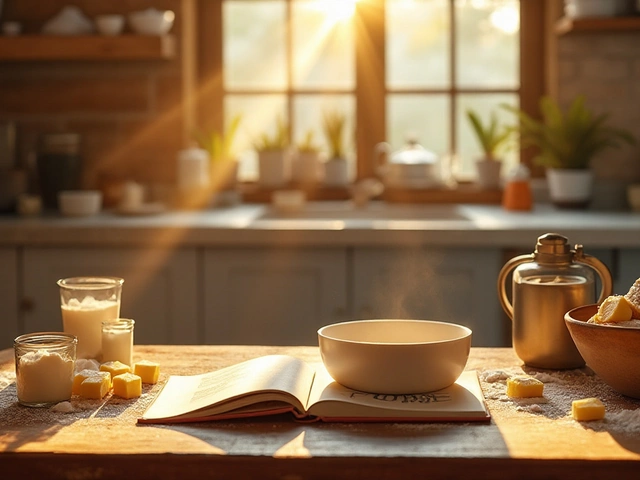Perfect Cookies: Simple Tips to Nail Every Batch
Ever bite into a cookie that’s just right—soft in the middle, a little crisp on the edge, and packed with flavor? Most of us have chased that perfect bite, but a few easy habits make the difference between a mediocre cookie and a show‑stopper. Below you’ll find the core ideas that work every time, no matter if you’re a weekend baker or a daily dessert dealer.
Master the Basics: Ingredients & Ratios
The first secret lives in the balance of butter, sugar, and flour. A classic chewy cookie usually uses a 1:1:2 ratio by weight (butter : sugar : flour). If you want crispier edges, lean a bit more on sugar and a touch less butter. Keep the total weight consistent across recipes; swapping cups for grams avoids hidden variations that ruin texture.
Practical Tricks for Consistent Results
Measure accurately. Scoop flour with a spoon, then level it with a knife—don’t tap the cup, or you’ll add too much and get dense cookies. Soften butter to room temperature, not melted, unless you’re after a spread‑out cookie. For a chewier center, chill the dough for at least 30 minutes; it solidifies the fat and slows spread during baking.
Choose sugars wisely. White sugar encourages spread and a crisp edge, while brown sugar adds moisture and chew. A 50/50 mix often gives the best of both worlds. If you love extra caramel notes, increase the brown sugar a bit, but remember it also darkens the cookie.
Flour type matters. All‑purpose flour is a safe bet, but swapping in a bit of cake flour (about ¼ of the total) reduces gluten formation, yielding softer cookies. Too much gluten makes them tough, so avoid over‑mixing once the flour hits the bowl.
Leavening agents are the hidden drivers of lift. Baking soda reacts with acidic ingredients (like brown sugar or chocolate) to spread and brown quickly. Baking powder adds height without much spread. Use one or the other per recipe, and stick to the exact amount—too much soda leaves a metallic aftertaste.
When it’s time to bake, pre‑heat the oven fully. A hot start (190‑200 °C / 375‑400 °F) creates a quick set on the outside, sealing moisture inside. For thicker, cake‑like cookies, lower the temperature a bit and add a minute or two to the bake time.
Watch the edges, not the center. Cookies finish when the rims turn golden brown; the middle will continue to firm as it cools. Remove the tray a minute early if you like a soft, gooey center, then let them sit on a wire rack.
Storage is the final step. Once cooled, stack cookies between parchment sheets and store in an airtight container. A slice of bread inside the container keeps them soft for days. For crisp cookies, keep them separate from soft ones and add a paper towel to absorb excess moisture.
Quick cheat sheet:
• Use weight, not cups, for ingredients.
• 1:1:2 butter‑sugar‑flour ratio.
• Mix whites for crisp, browns for chew.
• Chill dough 30 min.
• Bake at 190‑200 °C, watch the edges.
• Store with parchment and a bread slice.
Follow these steps, and you’ll be pulling perfect cookies out of the oven on repeat. No fancy equipment, just a few smart habits that turn ordinary batter into a batch worth bragging about.

Expert Guidelines for Perfect Cookie Baking Every Time
Unlock the secrets of bakery-worthy cookies at home with three essential baking guidelines. Learn why ingredients, timing, and technique matter—and the mistakes to avoid.
View More
Unlocking the Secret: How to Bake Perfect Homemade Cookies Every Time
Baking cookies that are perfect requires more than just a recipe; it’s an art that brings joy to both baker and taster. This article dives deep into the secrets of making consistently good cookies with tips and tricks that even beginners can follow. From understanding the role of each ingredient to mastering the bake time, discover how to elevate your cookie-making skills. You'll also learn about common pitfalls and how to avoid them. Embrace the journey of baking to whip up batches that are sure to impress.
View More




